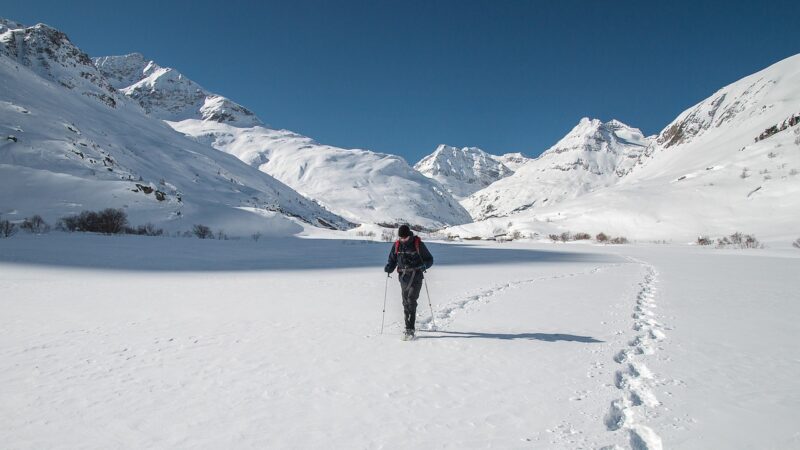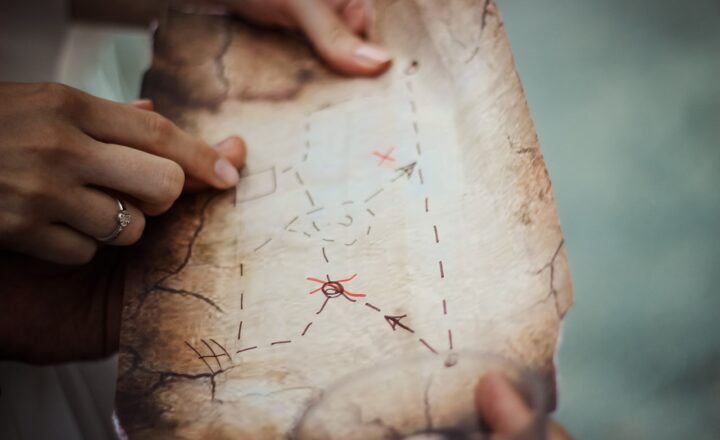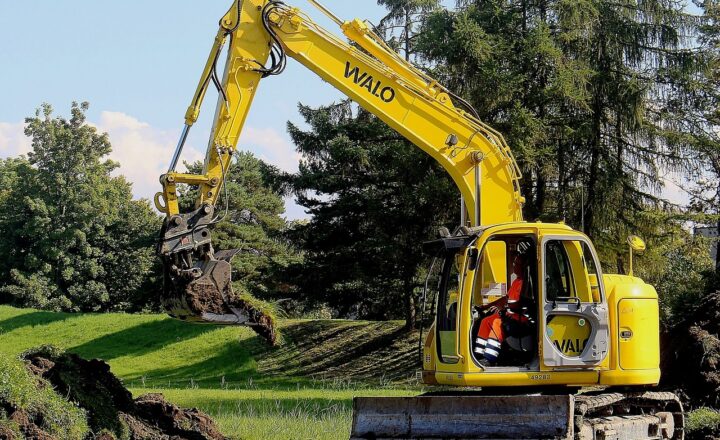The Strangest Discoveries Made While Searching for Lost Cities in the Deepest Jungles and Deserts
November 17, 2024

The world is filled with mysteries, especially in the impenetrable jungles and vast deserts that seem to guard their secrets against curious explorers. For centuries, adventurers, archaeologists, and historians have embarked on quests to uncover lost cities, unraveling tales of ancient civilizations, technological advancements, and remarkable discoveries. This article delves into some of the strangest findings brought to light during these daring expeditions, revealing the rich tapestry of human history that lies hidden beneath foliage and sands.
1. The Enigmatic City of Ciudad Perdida
Nestled deep within the Sierra Nevada mountains in Colombia, Ciudad Perdida, or the “Lost City,” was abandoned centuries ago and remained shrouded in mystery until its rediscovery in the 1970s. The city is believed to have been founded around 800 AD by the Tayrona people and was an important cultural and political center.
One of the strangest objects found at the site was a ceremonial stone called the “Mamo Stone,” intricately carved with symbols that are still not fully understood. Archaeologists have speculated that these carvings may represent the city’s spiritual beliefs or serve as a calendar marking specific astronomical events. The stone, along with numerous gold artifacts and elaborate pottery, points to the city’s once prominent status among ancient civilizations.
To date, many aspects of Ciudad Perdida remain a mystery, leaving archaeologists eager to uncover more about its society and eventual decline.
2. The Secrets of the Amazon Rainforest
The Amazon rainforest hides numerous lost cities, some estimated to have thrived with vibrant cultures long before European contact. One of the most astonishing findings in the region is that of geoglyphs—large geometric earthworks created by ancient peoples around 2,000 years ago.
These geoglyphs can only be discovered from the air, revealing patterns including circles, squares, and lines that stretch for miles! The purpose of these structures is yet to be fully explained but is suspected to relate to rituals, trade routes, or territory demarcation.
Furthermore, some teams studying these ancient earthworks have uncovered related artifacts like pottery and ceremonial tools, indicating that these lost cities may have had structured societies with trade networks and social hierarchies. The sheer scale of these findings challenges previous beliefs that the Amazon was home to only simple, nomadic groups.
3. The Lost City of Z in the Amazon
Another enigmatic tale is that of the Lost City of Z, as popularized by the exploration of Percy Fawcett in the early 20th century. Fawcett disappeared in 1925 while searching for the city, leading to numerous expeditions over the decades to locate both the adventurer and the fabled city. While Fawcett’s fate remains unknown, explorers have since unearthed astonishing evidence supporting the existence of a sophisticated civilization in the Amazon, countering the notion that the jungle was an inhospitable terrain for large populations.
Recent findings, including sophisticated ceramics, drainage systems, and even the remains of large structures, point towards advanced urban planning. These discoveries have transformed our understanding of pre-Columbian civilizations, revealing how vast urban populations could thrive in the Amazon amid dense foliage.
4. The Lost Cities of the Mohenjo-Daro
On the banks of the Indus River in modern-day Pakistan, the ancient city of Mohenjo-Daro stands as a testament to one of the earliest urban centers in human history. This city exemplifies a highly advanced society with well-planned streets and a sophisticated drainage system.
Strangely, during its excavation, archaeologists discovered numerous large wooden boxes buried deep within the city that were filled with mysterious inscriptions and symbols. These boxes, believed to carry significant cultural meaning, remain undeciphered, sparking intrigue about the societal hierarchies and beliefs of the Indus Valley Civilization. Possible explanations range from being repositories for ceremonial materials to serving as storage for grain or other valuables.
The unexpected complexity of Mohenjo-Daro’s urban planning and societal organization challenges assumptions about early human civilizations and continues to intrigue researchers worldwide.
5. The Maya Civilization in the Guatemalan Jungle
The dense jungles of Guatemala conceal the remnants of countless ancient Maya cities, many of which were bustling metropolises at their peak. In recent years, advancements in LiDAR technology have allowed archaeologists to penetrate thick vegetation and reveal ancient structures hidden beneath the canopy.
Among the most astonishing discoveries are that of a vast network of roads, pyramids, and residential areas spread across the landscape, suggesting that the population of the Maya civilization was far more extensive than previously anticipated. Among the unexpected finds were intricate stone carvings depicting not only the ruling elite but also everyday life.
While excavating some of these structures, researchers found unusual artifacts like jadeite and obsidian tools that indicate advanced trade networks and artisanal skills, highlighting the complexity of their economy and culture.
6. The Underwater City of Dwarka
Located off the western coast of India, Dwarka is believed to be the mythical city mentioned in ancient Indian texts as the dwelling place of Lord Krishna. Underwater explorations have revealed ancient structure remnants that some researchers believe may belong to this lost city.
The site has yielded remarkable artifacts, including pottery, seals, and even submerged stone walls, raising questions about civilization’s potential maritime connections. The submerged ruins and their mysterious origins pose fascinating queries: Did the city sink due to catastrophic events, or was it merely submerged over time? How did these ancient people manage their commerce and trade with such advanced technique?
Dwarka’s legend and archaeological evidence continue to fuel debates among historians and scientists alike.
Conclusion
The quest for lost cities has revealed some of the most marvelous and mystifying aspects of humanity’s past. Each discovery unveils not only relics of bygone civilizations but also stories that challenge our understanding of history. Explorations into the deepest jungles and deserts provide a glimpse into what life once was, how societies flourished, and ultimately, how they fell into obscurity.
The pursuit of these secrets continues, as advancements in technology and exploration methods promise to shed light on even more hidden treasures waiting to be uncovered. As we strive to piece together the puzzle of our ancestors, the exploration of lost cities captivates our imagination, fueling a desire to discover the stories that lie beneath the layers of time.







